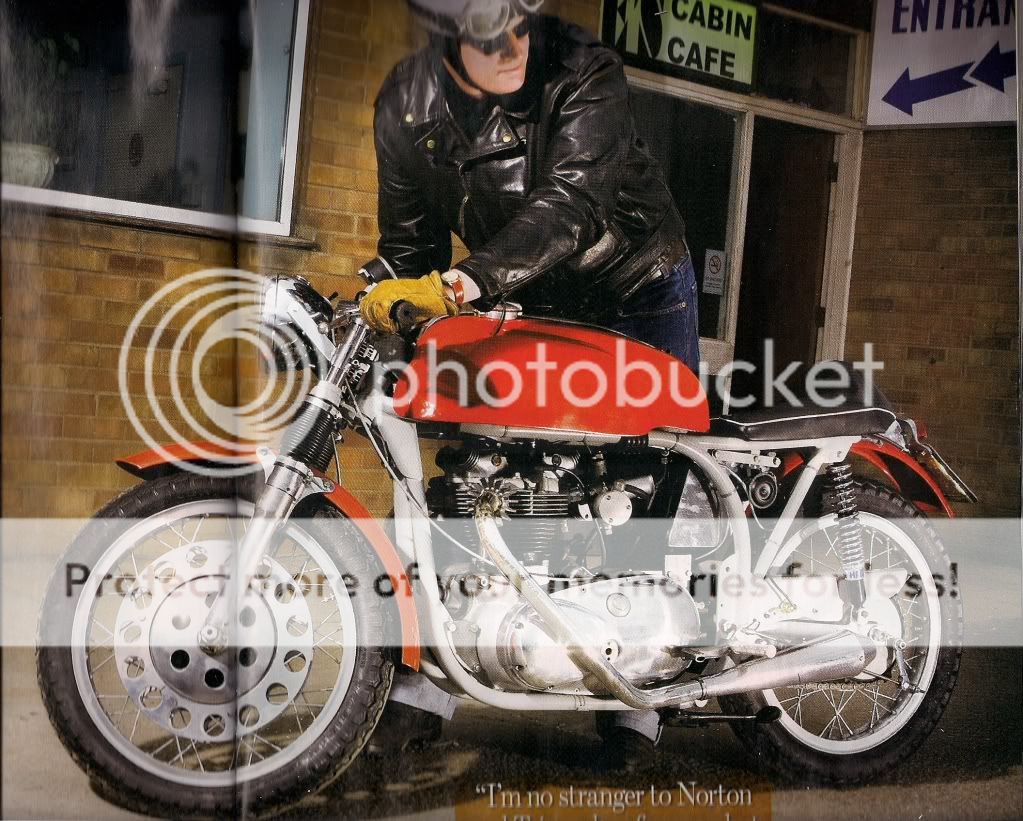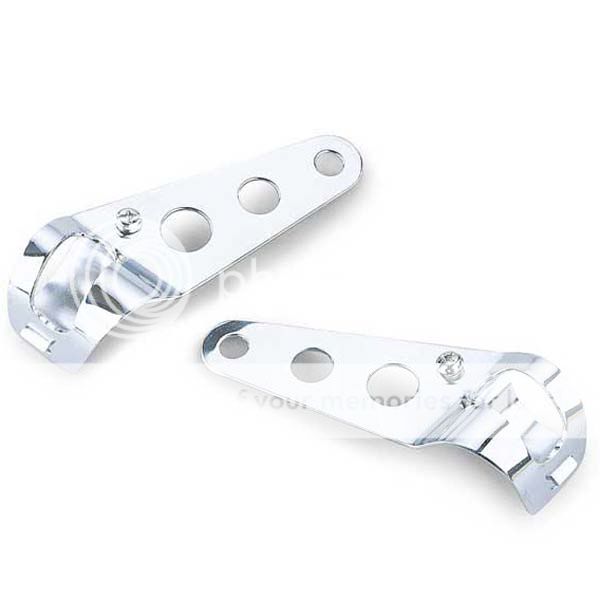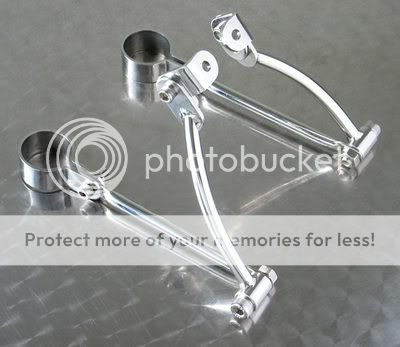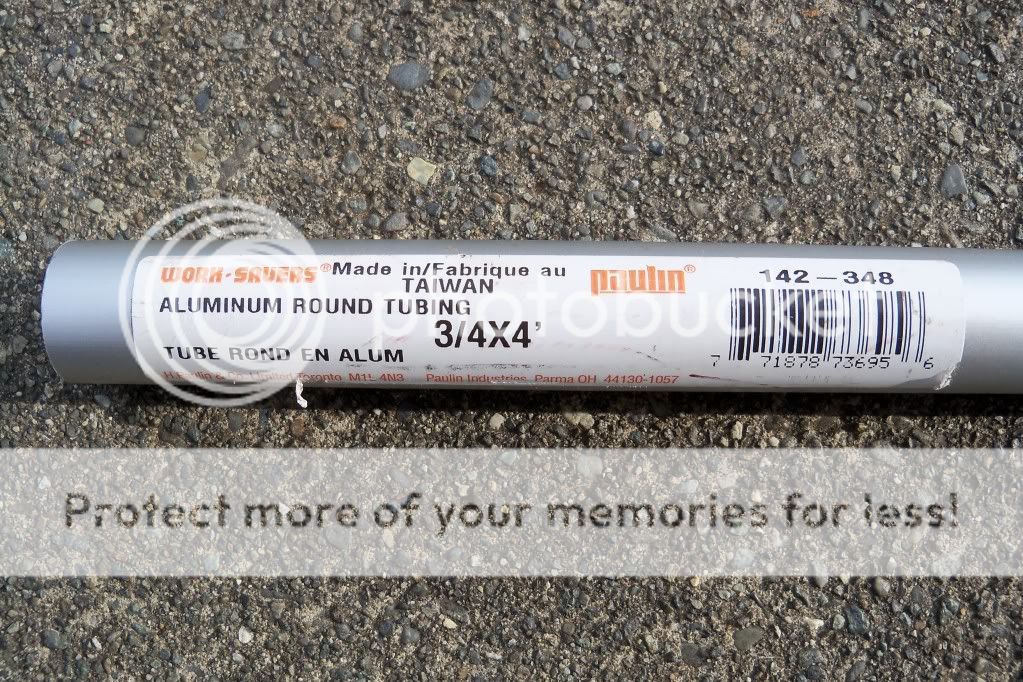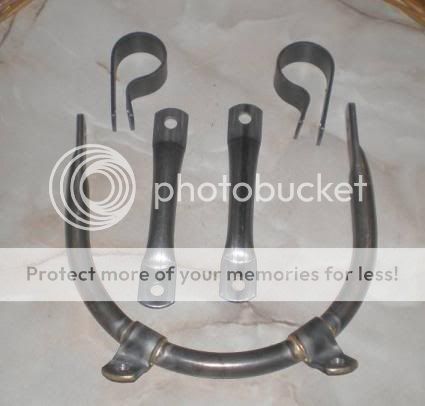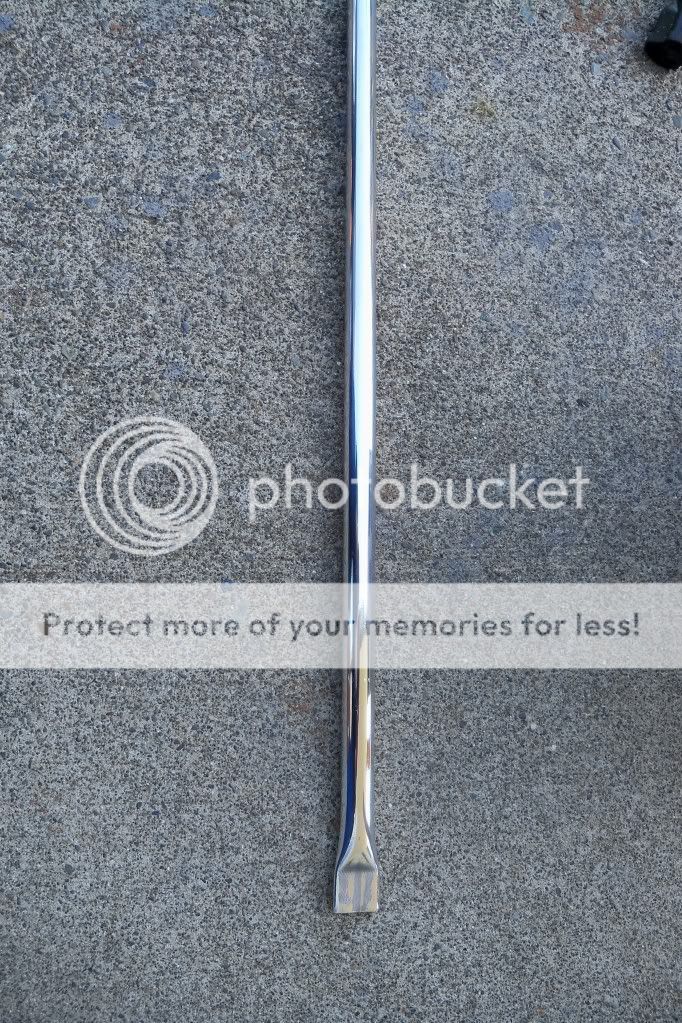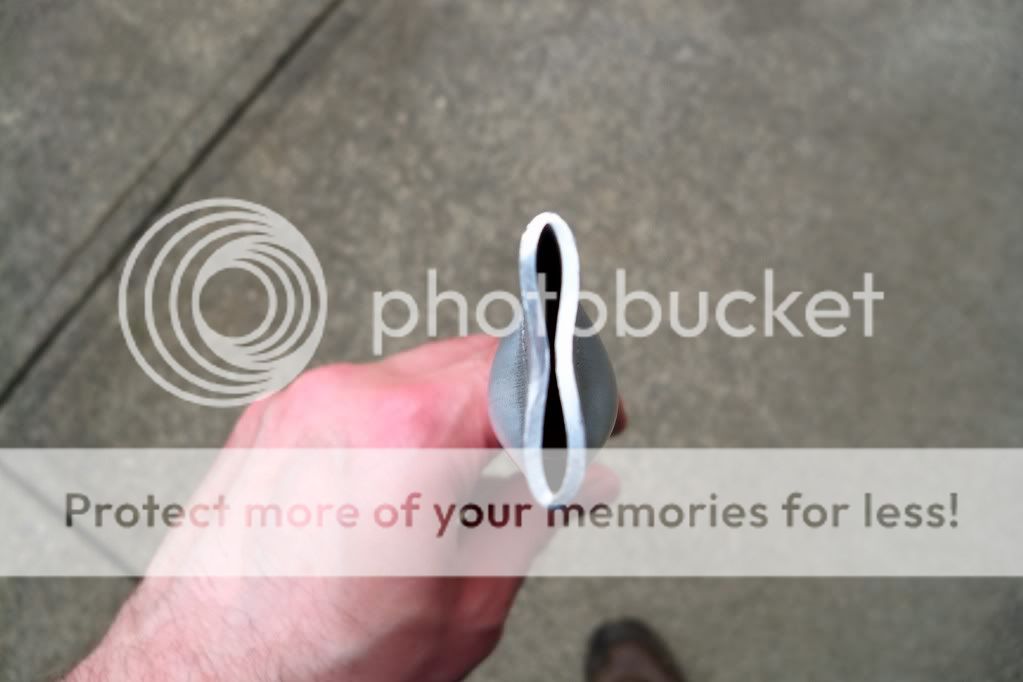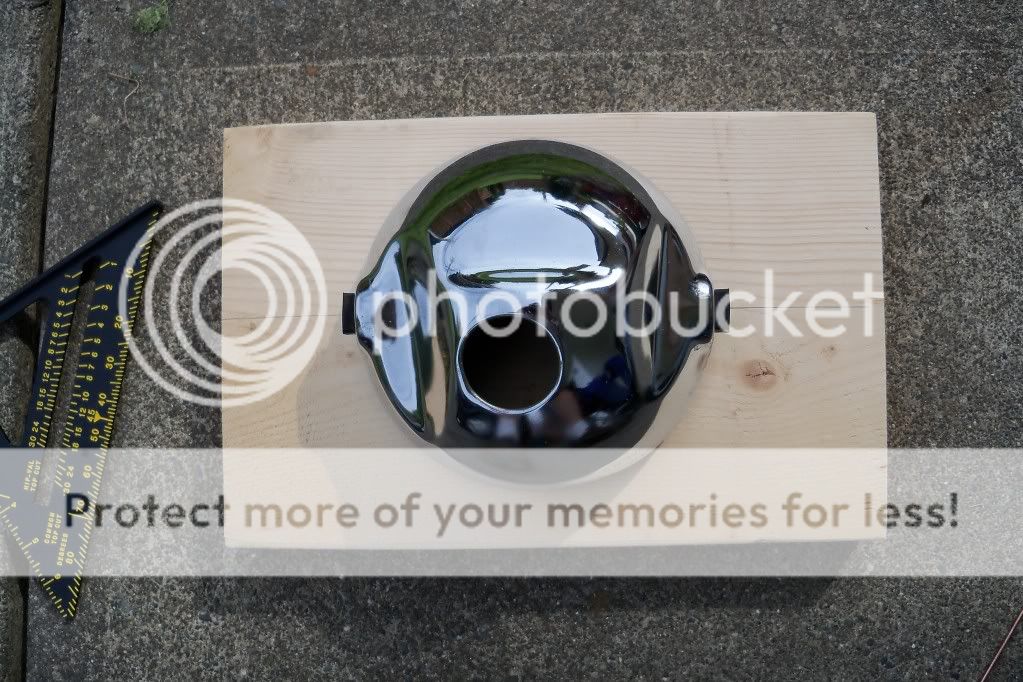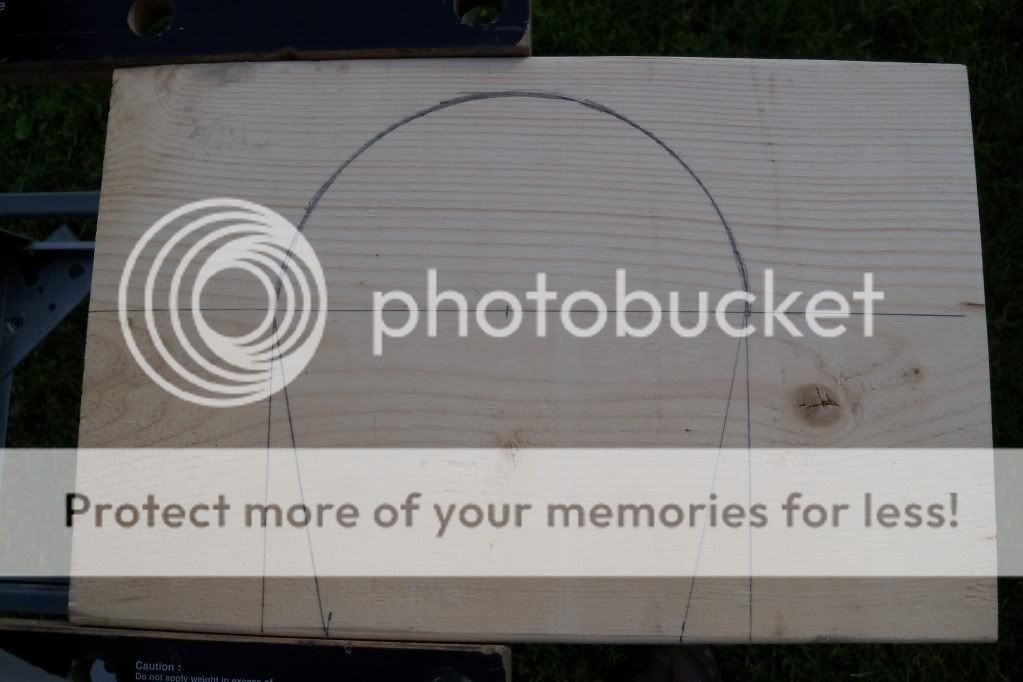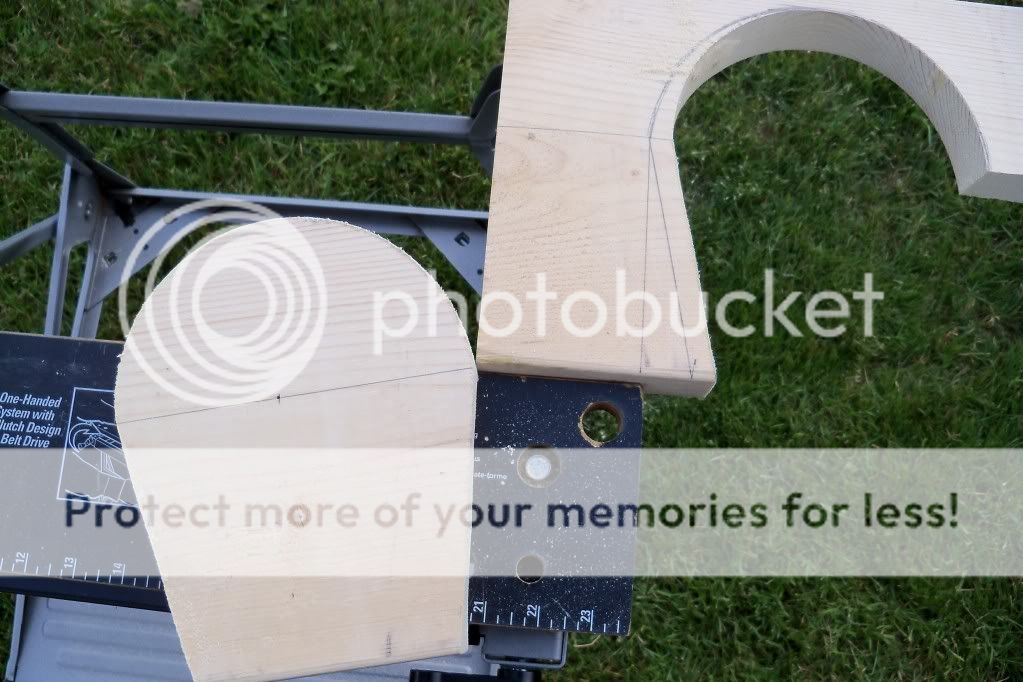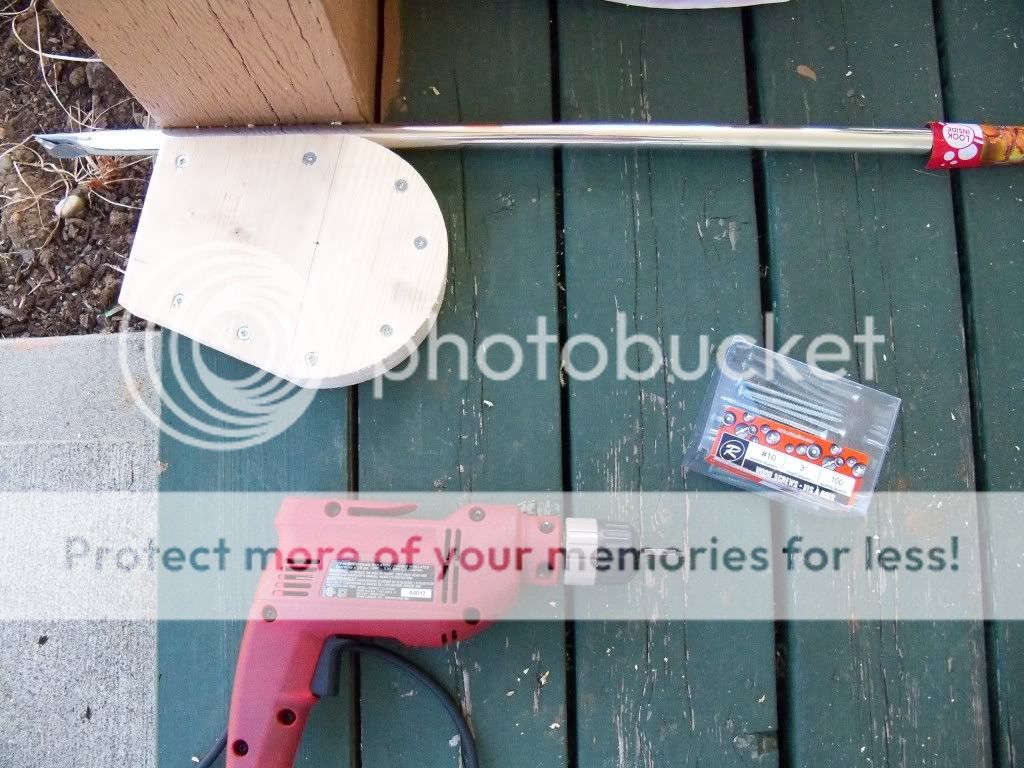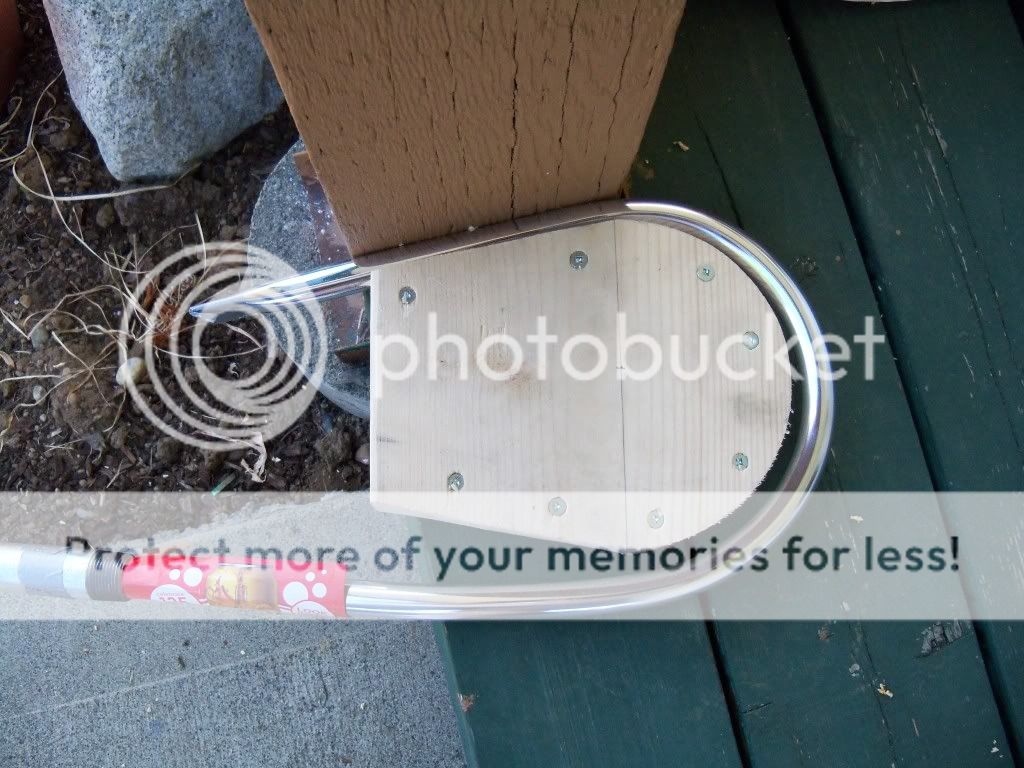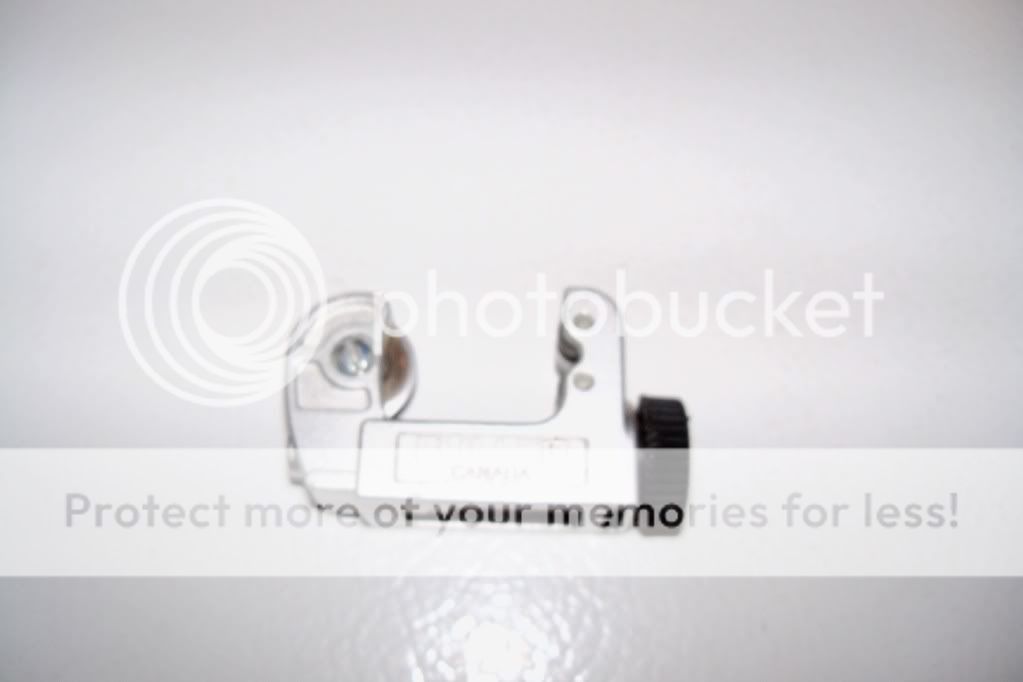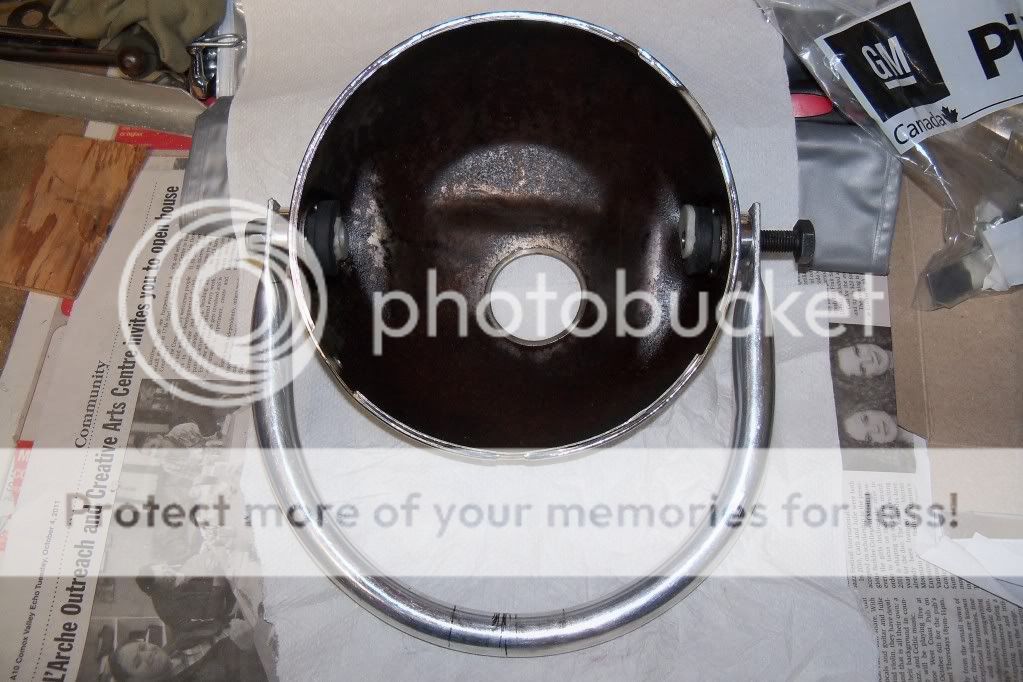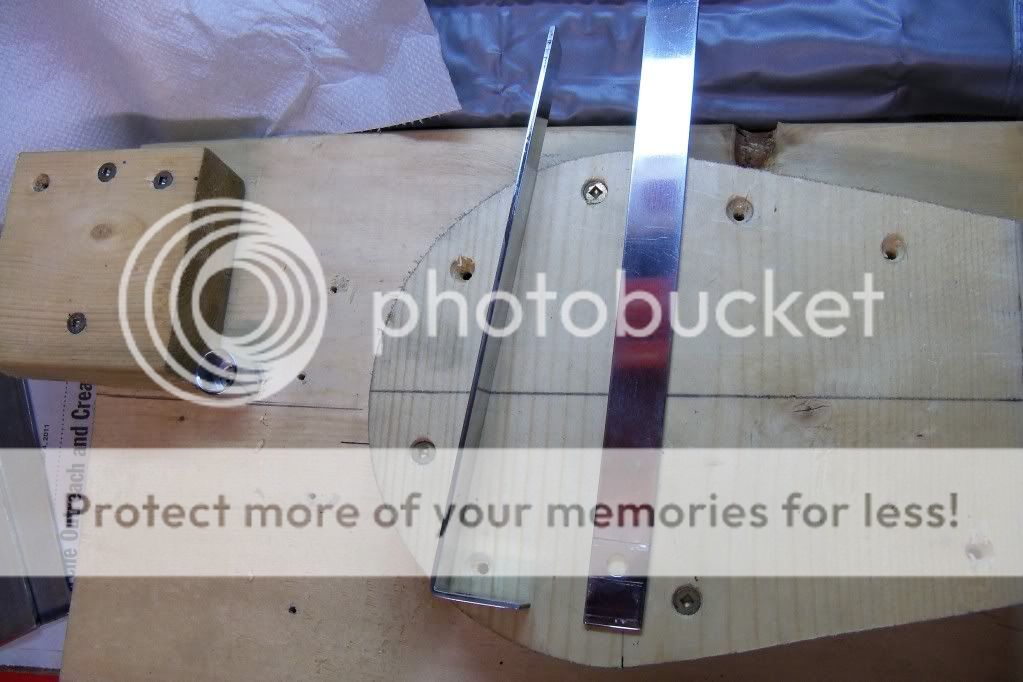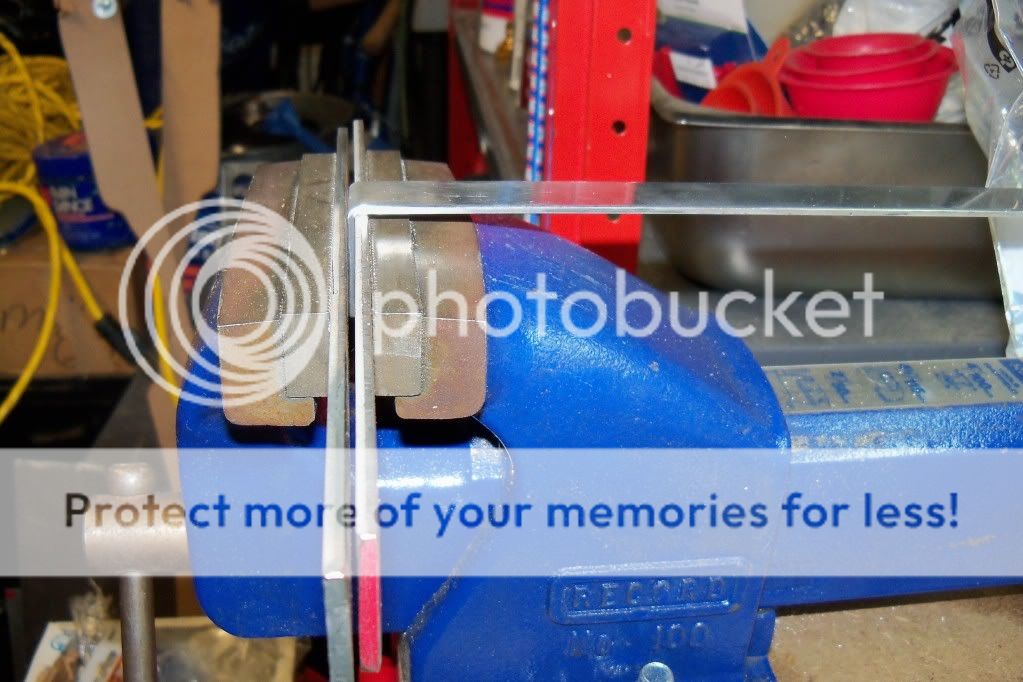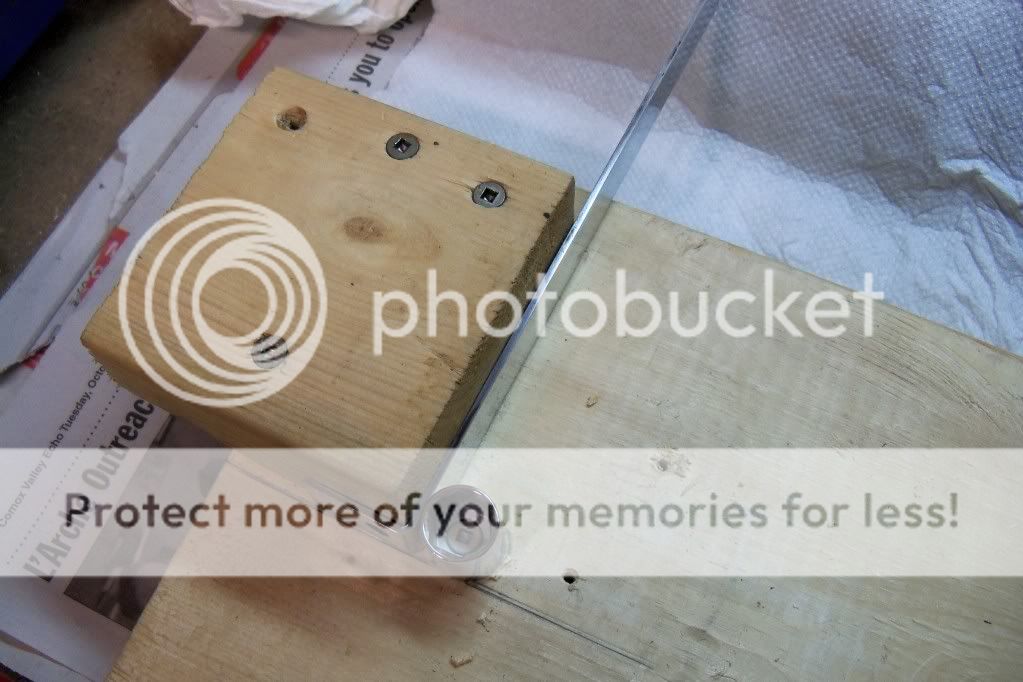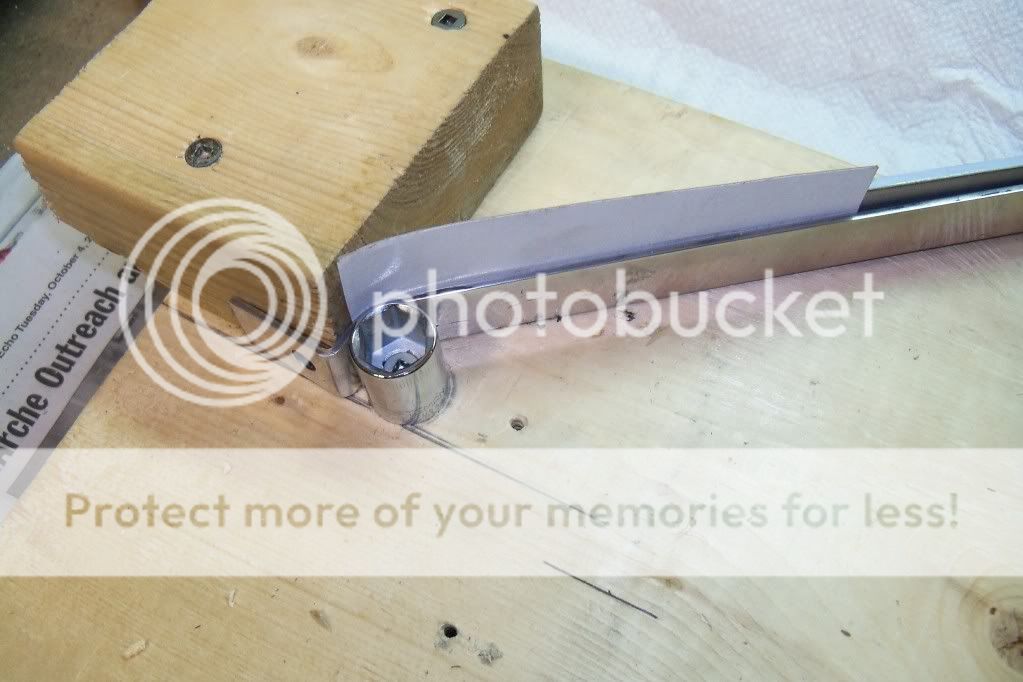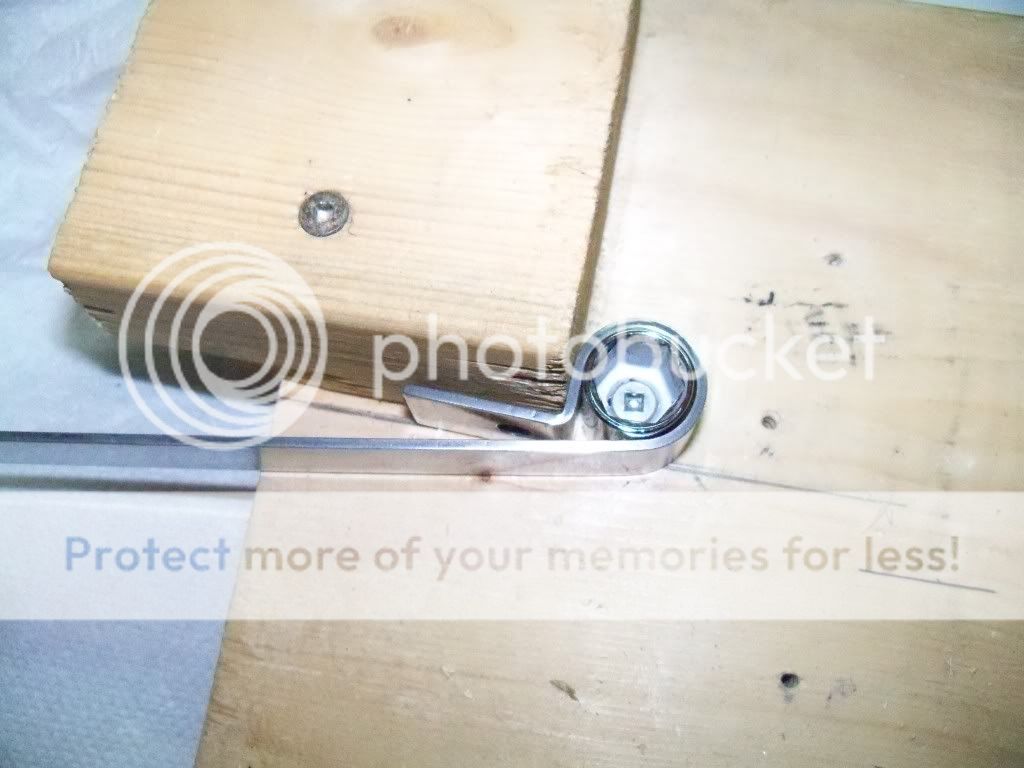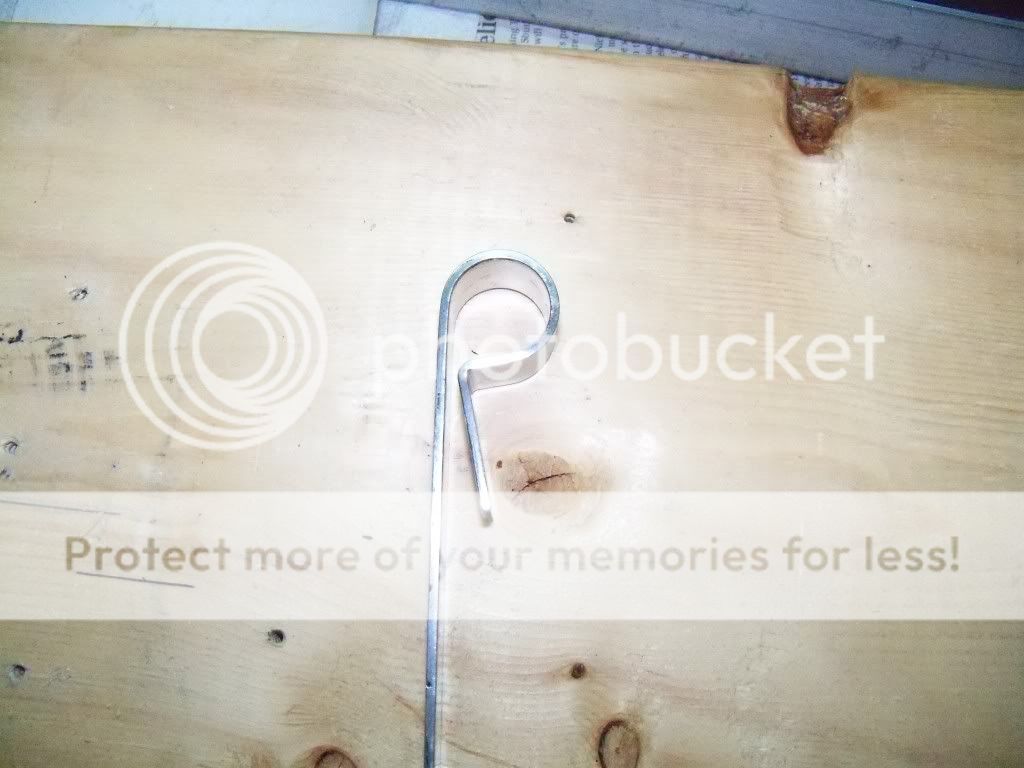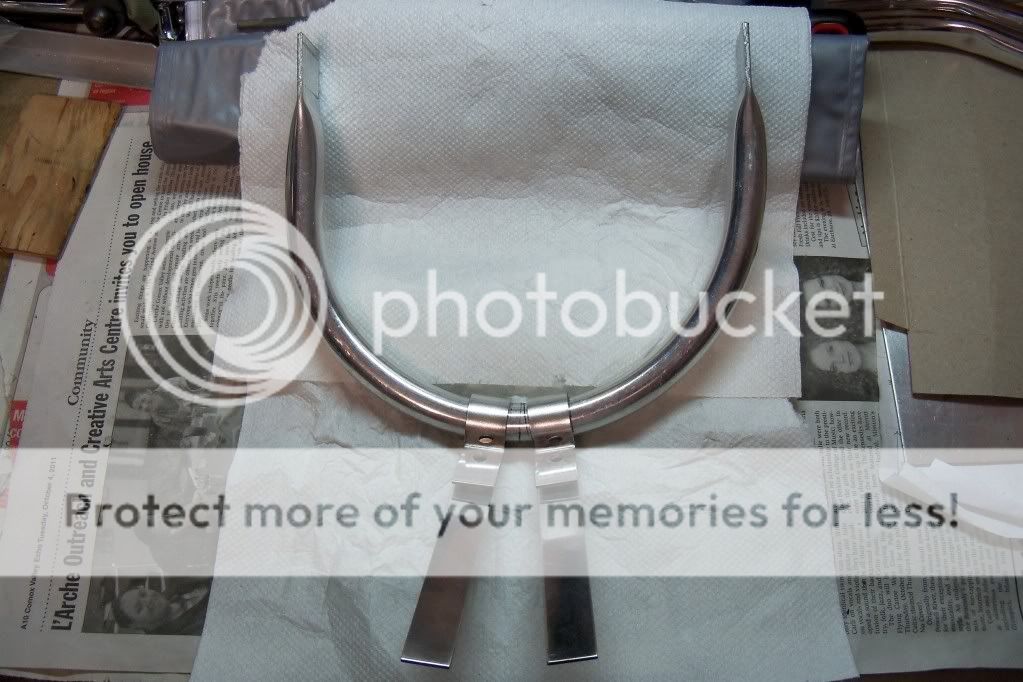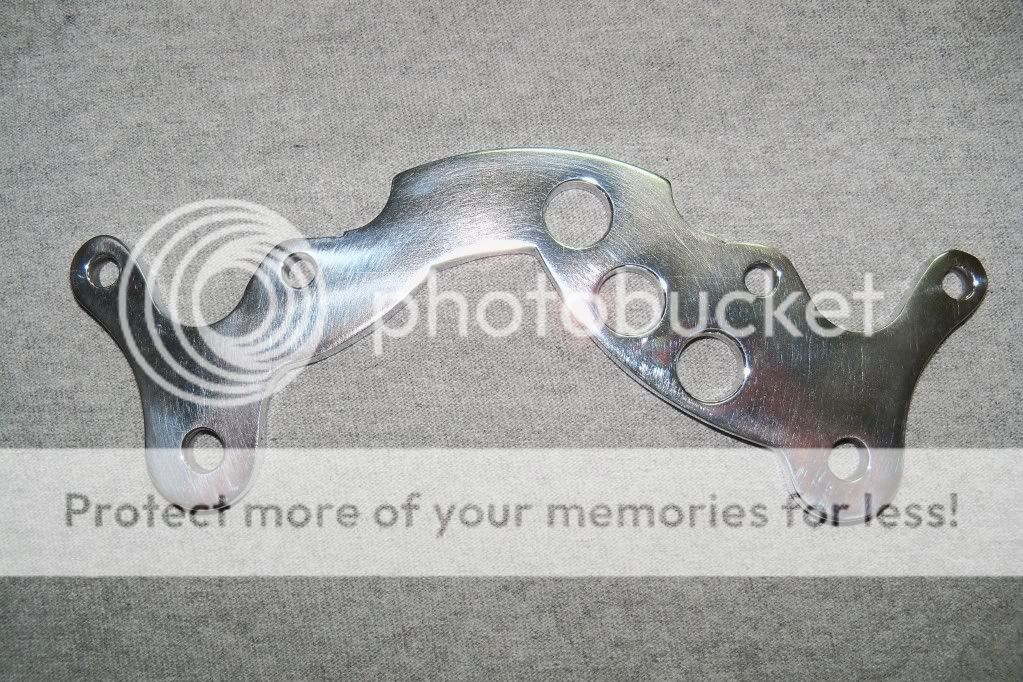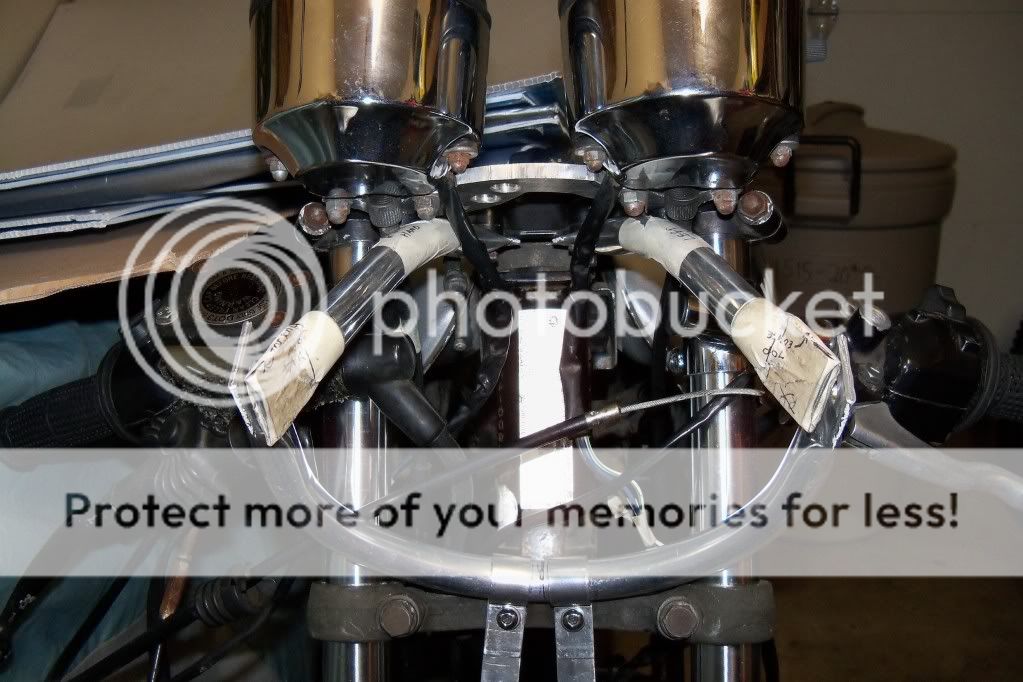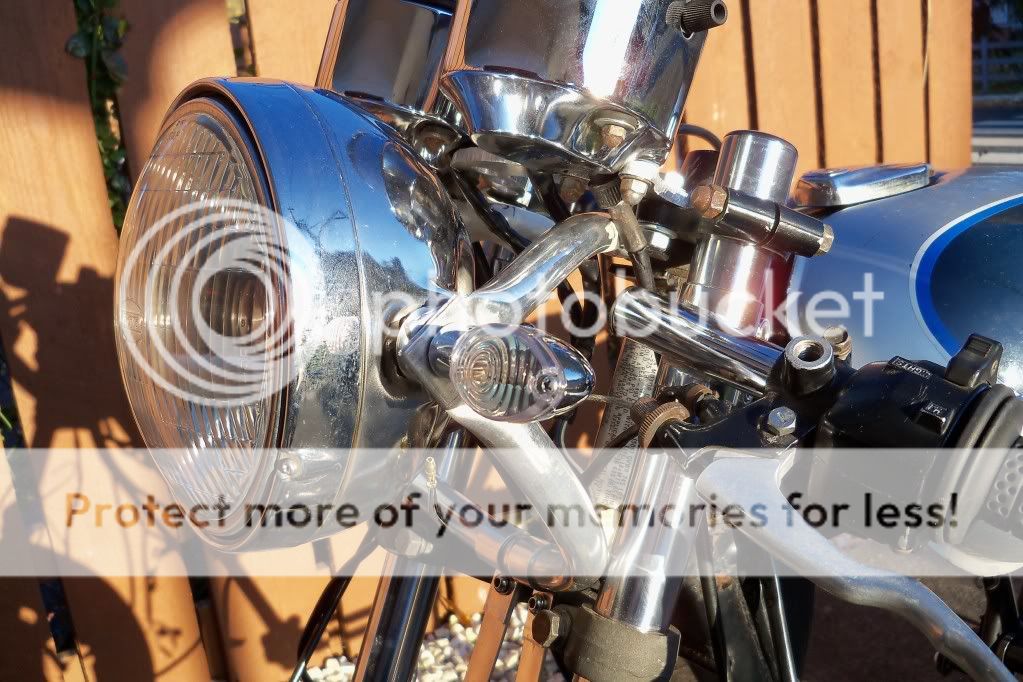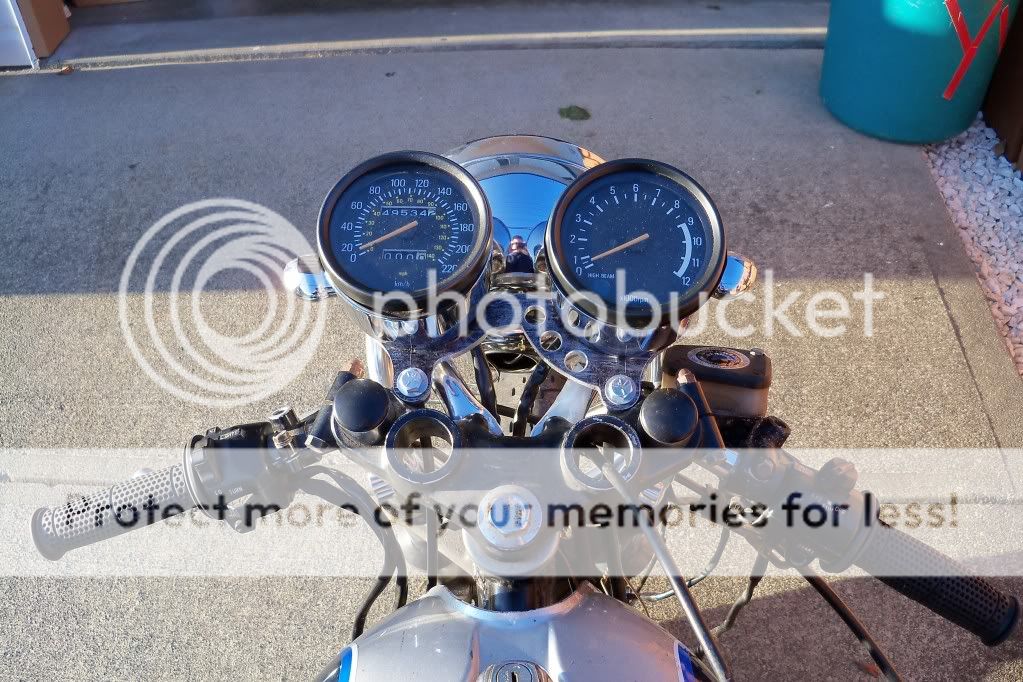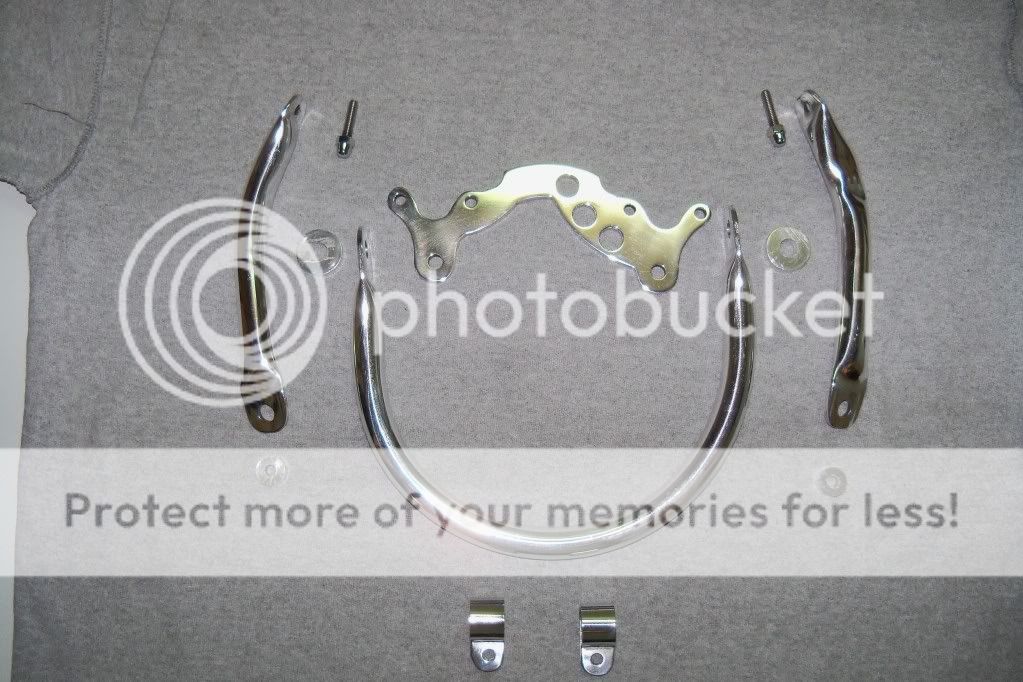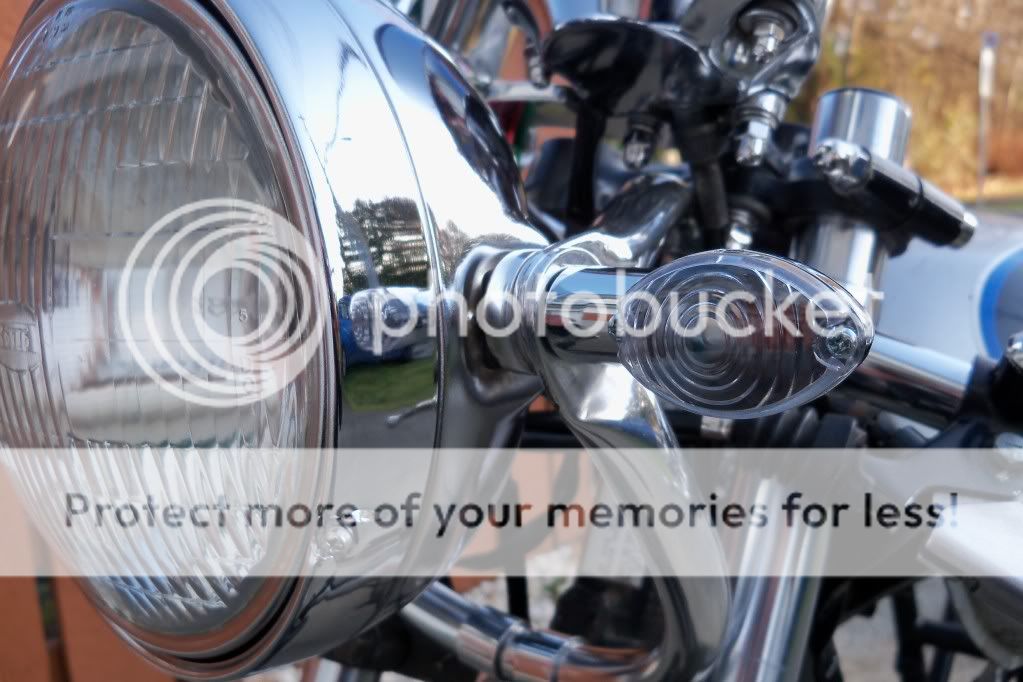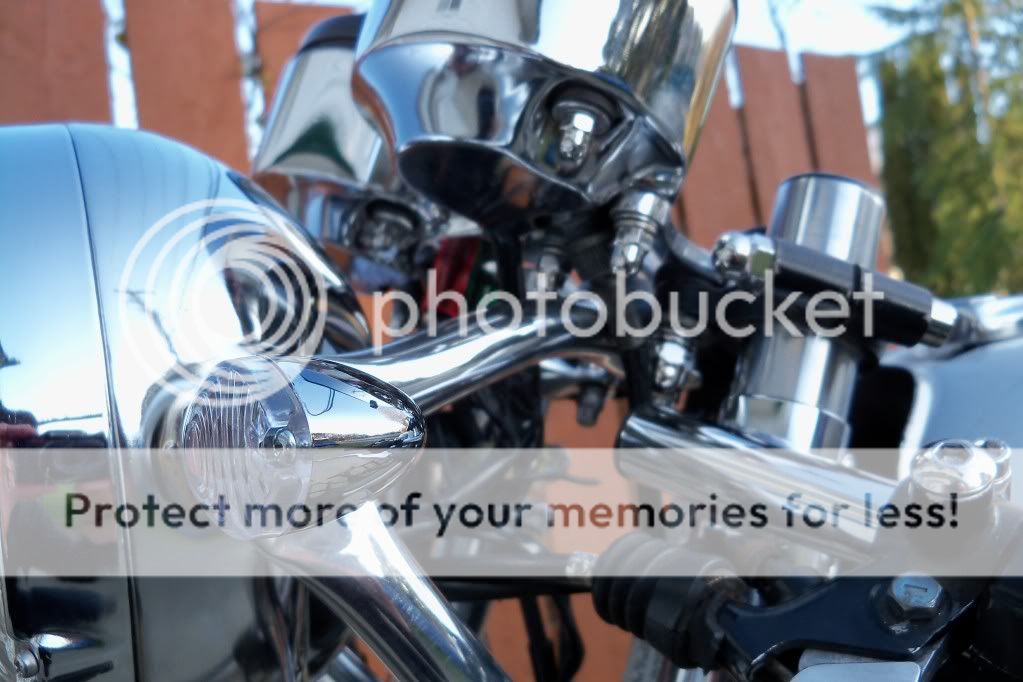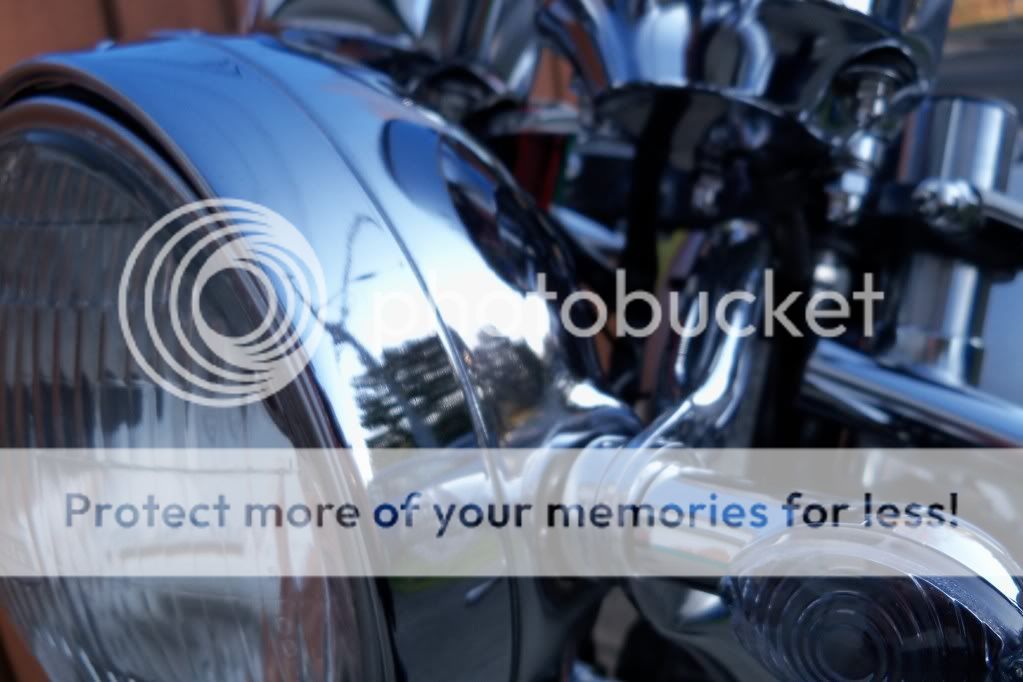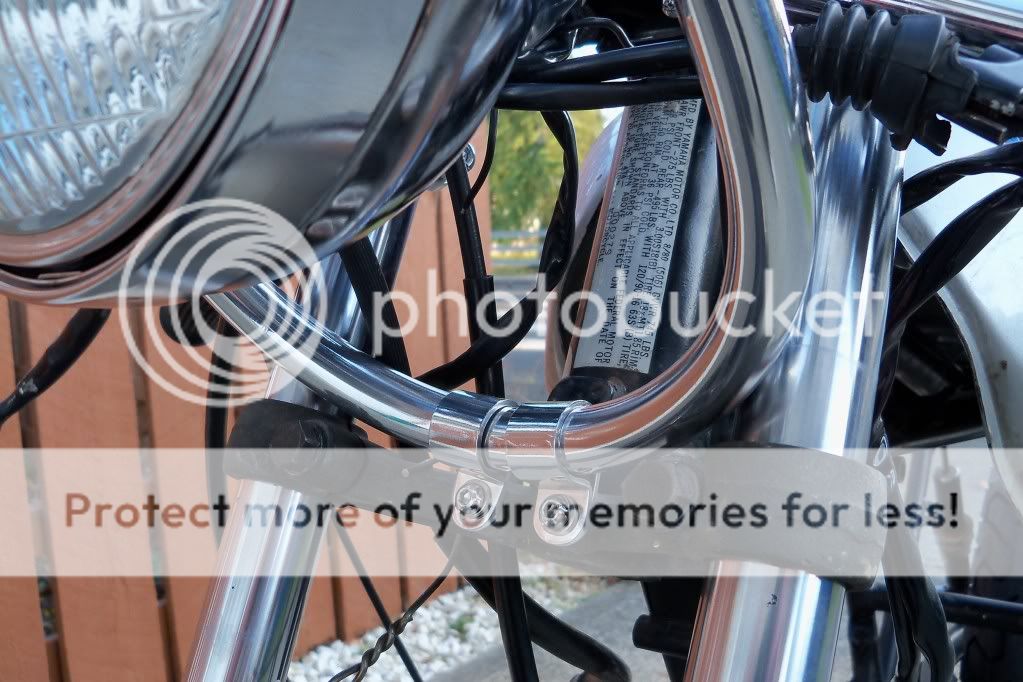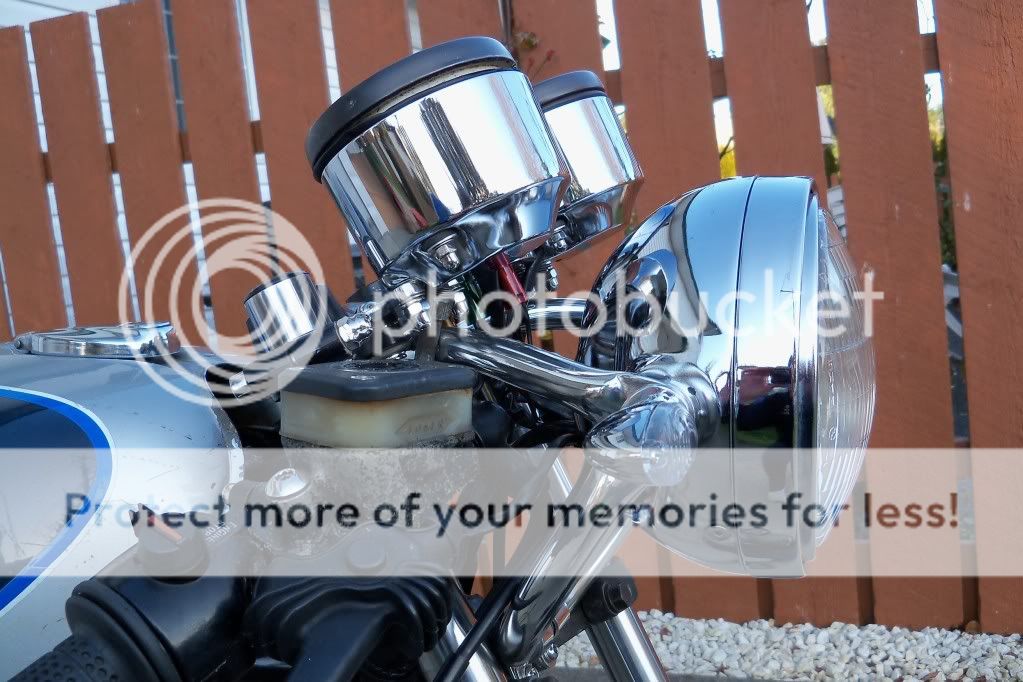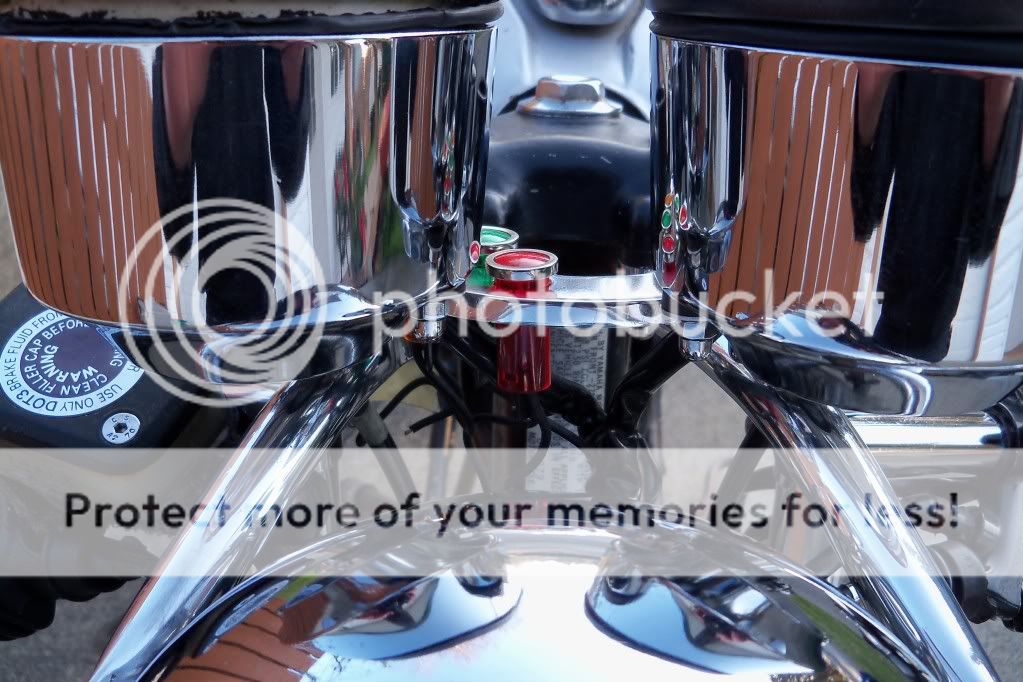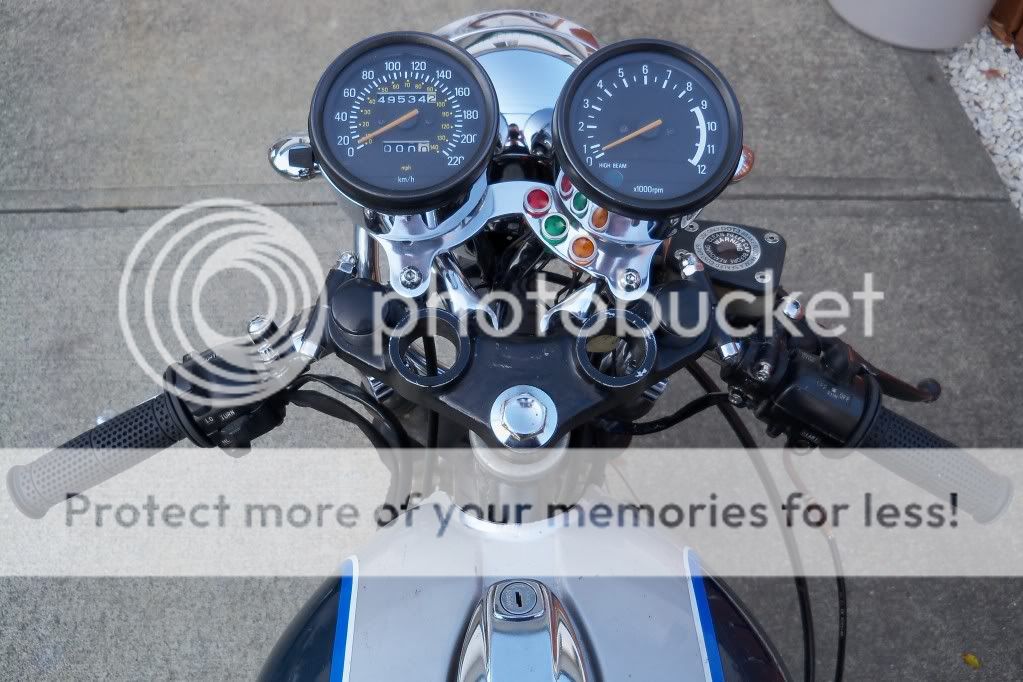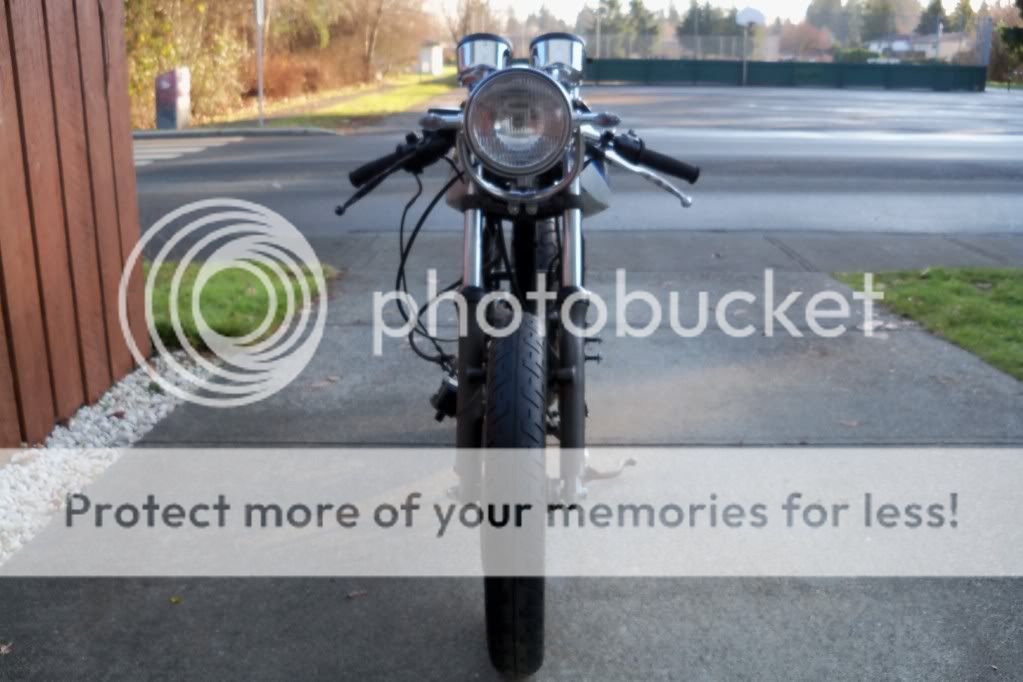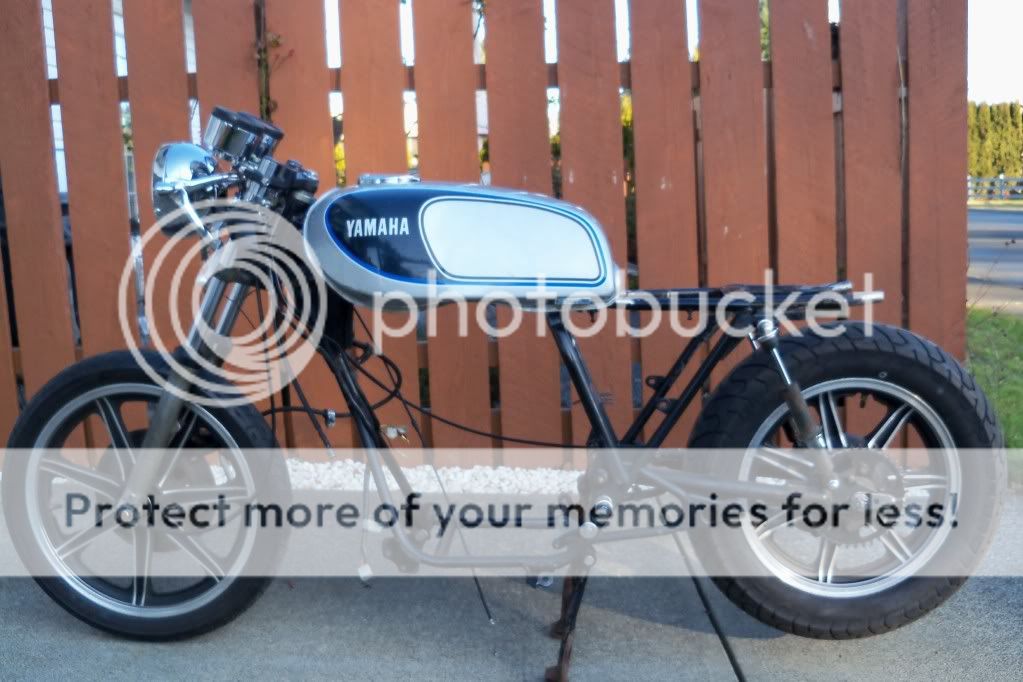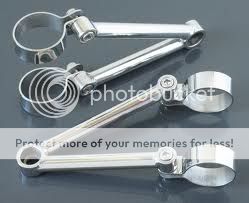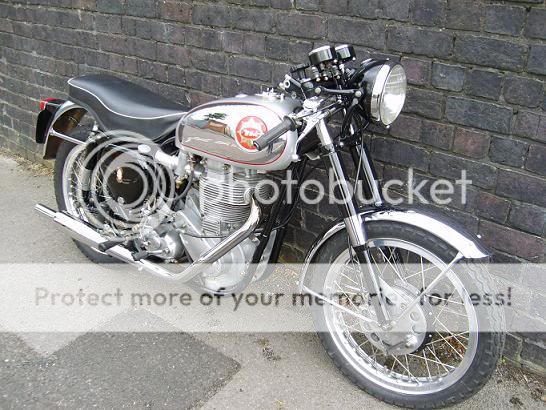Weezy
The Impatient Perfectionist!
Well it looks like it's time for my bi yearly update. ( that sounds so bad). :-\ Things have gone S L O W L Y latelty. I was waiting for the weather to warm up last spring so I could get some real work done on the bike but just as the weather got better the house and all it's projects reared it's ugly head. Take down and build a new fence , deck, and fancy gate (and stain them all ). Put in some new shrubs and sand ,fill and paint 3 bathrooms , and next thing you know it's winter again. On the positive side I did manage to make progress on the bike. Most of it was on small parts of a larger projet so I won't show those till they are done. But I did finish one project which I will get to shortley.
First here are some inspirational pictures to give you an idea of what I hope my bike will look like when done.
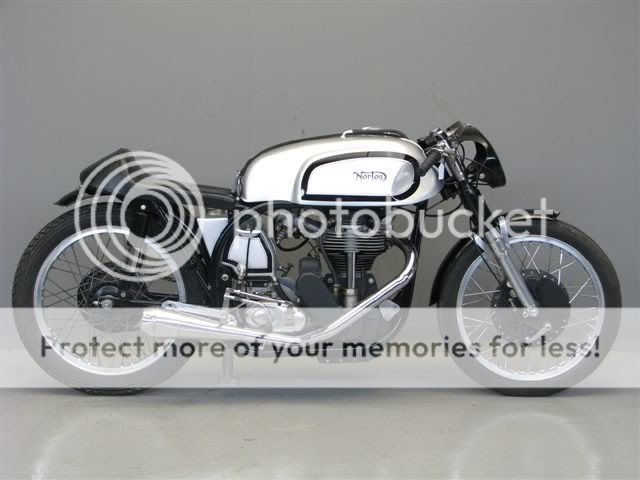
Norton Manx...... is there a more desirable bike?
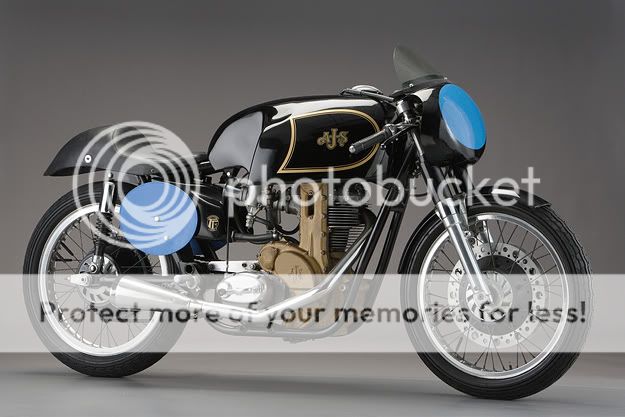
AJS 7R Gotta love that seat.
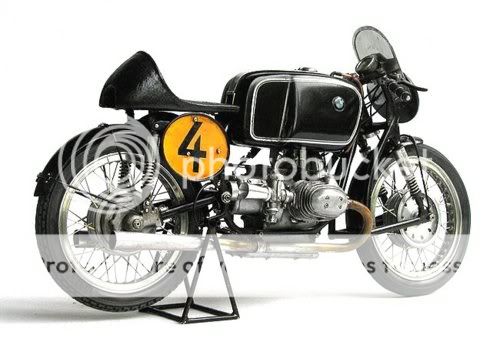
BMW Rensport
You can get an idea of what I like in a cafe racer from those pictures. You can also throw in a dash of BSA Gold Star if you like.
First here are some inspirational pictures to give you an idea of what I hope my bike will look like when done.

Norton Manx...... is there a more desirable bike?

AJS 7R Gotta love that seat.

BMW Rensport
You can get an idea of what I like in a cafe racer from those pictures. You can also throw in a dash of BSA Gold Star if you like.


